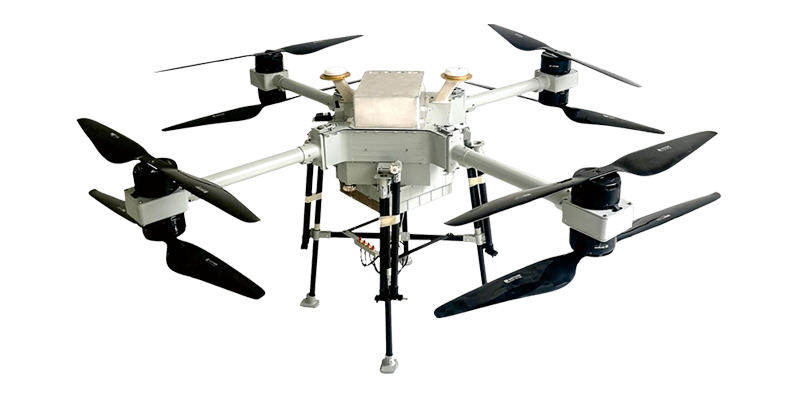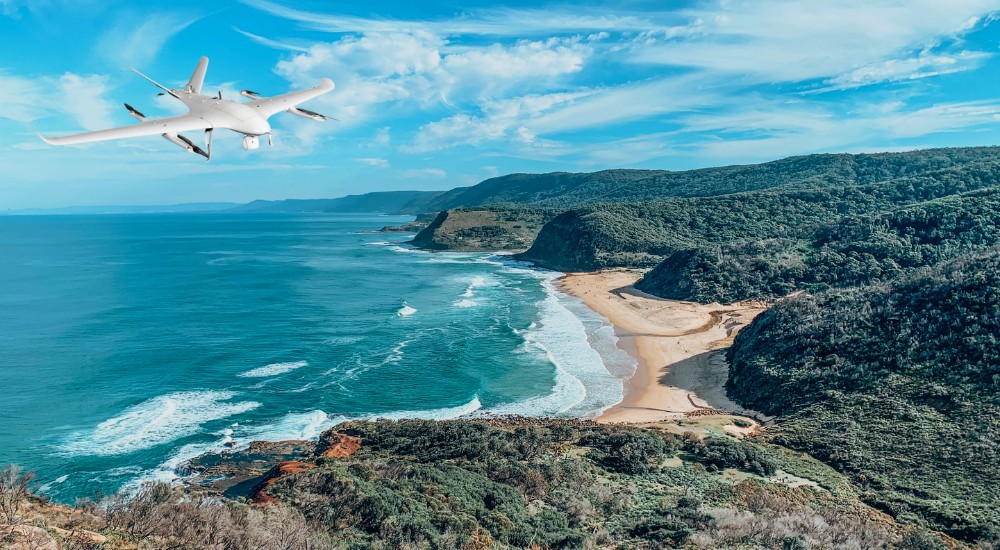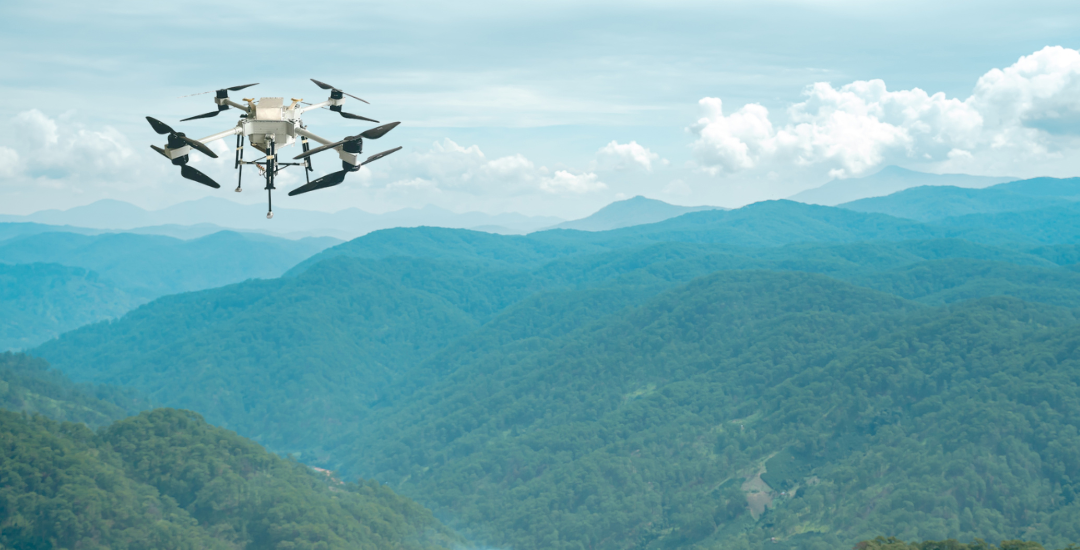NEWS
Home > News


Hybrid vtol fixed wing uav is revolutionizing industries by combining the best of both rotary and fixed-wing drones. These innovative systems provide flexibility and efficiency for various tasks, but they also come with unique challenges.
What Are Hybrid Fixed-Wing VTOL Drones?
Hybrid fixed-wing VTOL drones are unmanned aerial vehicles (UAVs) capable of vertical take-offs and landings like rotary drones while transitioning to fixed-wing flight for faster and more energy-efficient long-range missions. These drones leverage advanced engineering and software to perform complex operations seamlessly.
Advantages of Hybrid Fixed-Wing VTOL Drones
1. Versatility in Operations
These drones handle a variety of missions, including:
- Surveillance and mapping.
- Package delivery in remote areas.
- Precision agriculture applications.
The ability to switch between vertical and horizontal flight ensures adaptability to different terrains and weather conditions.
2. Increased Efficiency
Fixed-wing flight uses significantly less energy than rotary-wing modes, enabling:
- Longer flight durations.
- Greater range compared to traditional multirotors.
This makes hybrid drones ideal for industrial operations requiring extended flight times.
3. Compact Design for Ease of Deployment
Their hybrid structure reduces the need for additional launch equipment. Unlike purely fixed-wing drones that require runways or catapult launchers, VTOL capability enables launches from confined areas.
4. Enhanced Payload Capacity
Hybrid VTOL drones typically offer better payload capacities than rotary UAVs while retaining long flight capabilities, making them suitable for high-tech sensors and large payloads.
5. Precise Vertical Landing
The VTOL feature allows accurate landing in restricted or uneven spaces, minimizing risks of damage during descent.
Challenges of Hybrid Fixed-Wing VTOL Drones
1. High Initial Cost
The sophisticated design and advanced technologies used in these drones result in a higher upfront cost, which can deter smaller businesses.
2. Complex Maintenance
Combining VTOL and fixed-wing mechanisms adds to the complexity of maintenance due to:
- Intricate hardware components.
- The need for skilled technicians for repairs.
3. Heavier Weight
Integrating both vertical and horizontal flight mechanisms can result in a bulkier design, reducing efficiency compared to dedicated fixed-wing or rotary drones.
4. Software and Navigation Challenges
Sophisticated flight control systems are required for smooth transitions between vertical and horizontal modes, often leading to:
- Potential software glitches.
- Increased training requirements for operators.
5. Regulatory and Airspace Restrictions
Due to their hybrid nature, they may face strict airspace usage policies. Users must navigate complex legal requirements.
Applications of Hybrid Fixed-Wing VTOL Drones
These drones have wide-ranging applications:
- Agriculture: Precision spraying, crop monitoring, and field mapping.
- Defense: Surveillance, reconnaissance, and payload delivery.
- Delivery Services: Transporting goods to isolated areas.
- Surveying and Mapping: Efficient data collection over expansive areas.
Disaster Management: Search-and-rescue operations in hard-to-reach locations.
How to Overcome the Challenges?
To unlock their full potential, consider the following:
- Invest in Training: Enhance operator proficiency to manage complex systems.
- Adopt Scalable Solutions: Start with smaller units to minimize initial costs.
- Maintain Regular Upkeep: Develop maintenance protocols to reduce downtime.
Leverage Partnerships: Work with experts to meet regulatory and technical demands.
Conclusion
Hybrid fixed-wing VTOL drones offer unparalleled versatility and efficiency in diverse industries. While their advanced design comes with challenges, proper training, maintenance, and strategic investments can mitigate these issues.
By integrating this transformative technology into operations, businesses can achieve superior results across applications.
FAQs
1. What sets hybrid fixed-wing VTOL drones apart from other UAVs?
They combine vertical take-off capabilities with efficient long-range flight, ideal for diverse missions.
2. Are hybrid VTOL drones cost-effective?
Though initially expensive, their efficiency in long-term operations offsets the high costs.
3. Can hybrid VTOL drones handle harsh environments?
Yes, they're designed to operate in various weather and terrain conditions.
4. What industries benefit the most from hybrid VTOL drones?
Agriculture, defense, logistics, and disaster management gain significantly from their versatility.
5. How are hybrid drones regulated?
Compliance with national and local airspace regulations is essential for operation.
6. What's the future of hybrid fixed-wing VTOL drones?
Ongoing technological advancements are set to enhance efficiency, payload capacity, and affordability.
SHARE:
Send a Message
RECENT POSTS
 How VTOL Drones Are Transforming Delivery Services2025-03-28
How VTOL Drones Are Transforming Delivery Services2025-03-28 VTOL Drones vs. Fixed-Wing & Multirotor: Pros and Cons2025-03-21
VTOL Drones vs. Fixed-Wing & Multirotor: Pros and Cons2025-03-21 Top 10 Safety Tips for Operating VTOL UAVs in Urban Areas2025-03-14
Top 10 Safety Tips for Operating VTOL UAVs in Urban Areas2025-03-14 Choosing the Right Fixed-Wing UAV for Your Needs2025-03-07
Choosing the Right Fixed-Wing UAV for Your Needs2025-03-07 What Is a VTOL Aircraft? A Beginner’s Guide2025-02-24
What Is a VTOL Aircraft? A Beginner’s Guide2025-02-24
Get in Touch
Please use the form below to get in touch.
If you need a reply we will get in touch as soon as possible.






